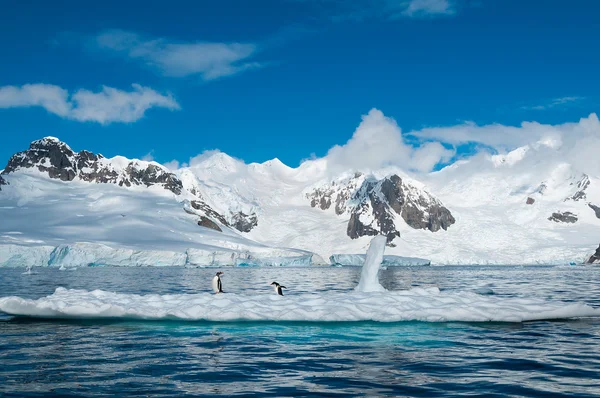
It starts with a stark reality: the West Antarctic Ice Sheet (WAIS) might already be too far gone to save. New science linking field measurements, satellite imagery, and sophisticated climate models shows that even under the most favorable warming scenarios, sections of Antarctica’s icy edge could be committed to an irreversible withdrawal. The implications global sea-level rise of up to three meters would rewrite coastlines and eliminate key habitats from marshes to emperor penguin breeding colonies.
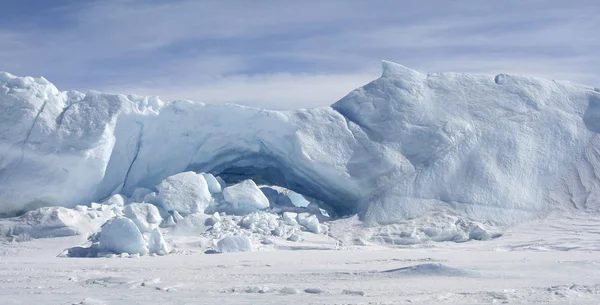
1. A Sudden and Record-Breaking Reduction
The National Snow and Ice Data Centre indicates that the 2024 Antarctic winter maximum sea ice extent was 598,000 square miles less than the 1981–2010 average, ranking as the second-lowest on record in the satellite data. University of Colorado Boulder’s Ted Scambos described the anomaly as “bonkers” given the slow autumn ice growth and speedy spring loss. Warm ocean temperatures near the surface between 65° and 55°S are now implicated as the major cause conditions that may signal the Southern Ocean sea ice has entered a “completely new state.”
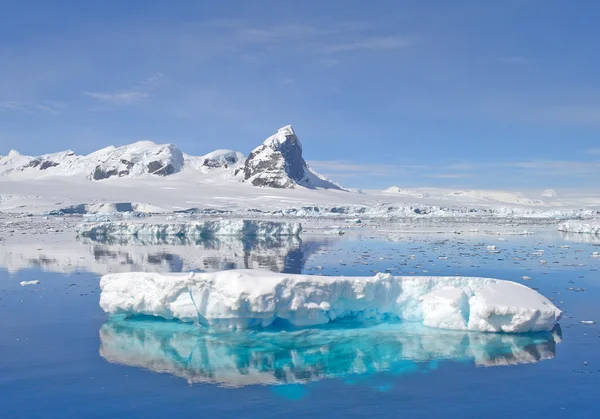
2. The Weak Underbelly of West Antarctica
Two of the WAIS’s weakest outlets, the Thwaites and Pine Island glaciers, flow into the Amundsen Sea. These glaciers sit atop retrograde bed slopes beds that get deeper toward the interior so they are susceptible to marine ice sheet instability. Satellite radar has revealed warm ocean currents slicing miles under grounded ice, speeding basal melt. As Scambos describes it, “The [Thwaites] glacier is moving at more than a mile a year,” almost twice its speed in the 1990s, as the warm current “wipes it away like an ice cube would melt bobbing in a glass of water.”
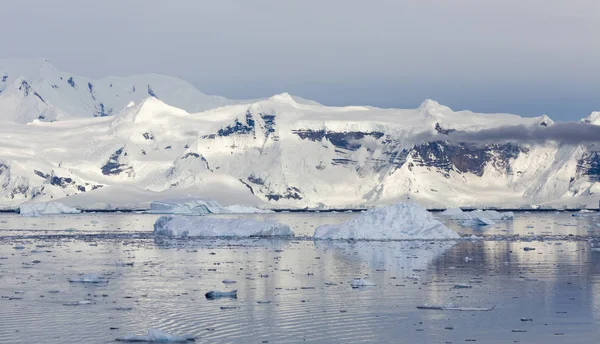
3. The Tipping Point Physics
It has been recently modelled as a feedback between grounding-zone melting and ice geometry that can initiate runaway warm-water intrusion. A 0.2 °C rise in ocean temperature is enough to drive the system out of a stable into an unbounded melt regime, doubling ice loss rates. Most importantly, this process destabilises even prograde slopes previously believed to be immune. The consequence: inland retreat rates modelled devoid of this process have systematically underestimated.
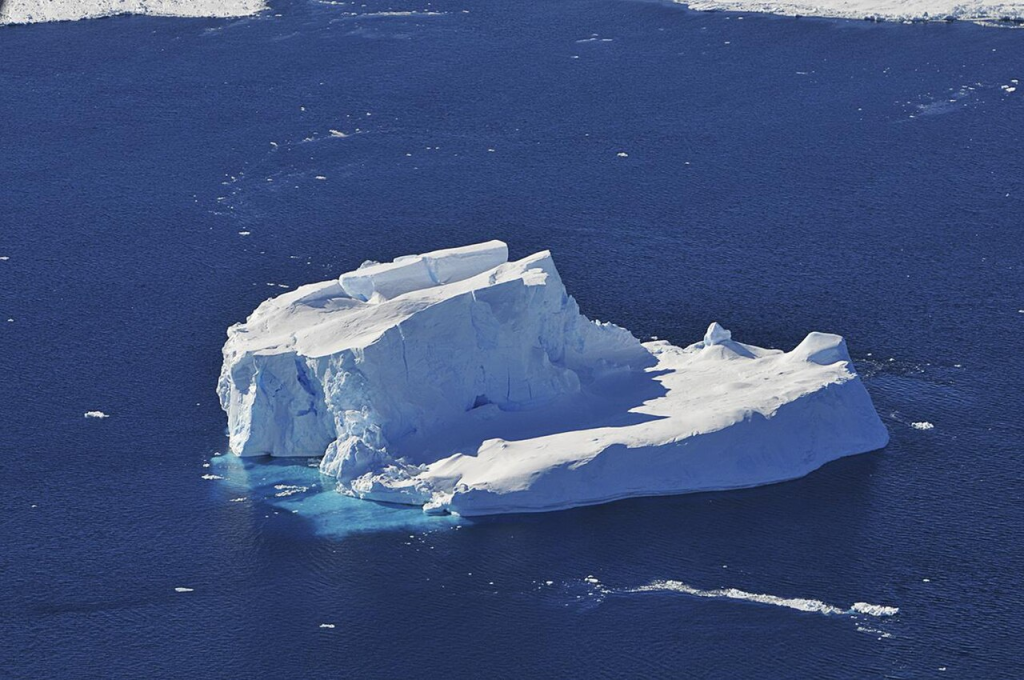
4. Climate Projections Provide Limited Comfort
Ensemble simulations of the Amundsen Sea indicate extensive melting of ice shelves under all scenarios, including those consistent with the Paris Agreement’s 1.5 °C target. Internal climate variability might obscure or enhance trends, but the base case is dire: by 2100, waters surrounding WAIS ice shelves might be as much as 2 °C warmer than during pre-industrial times. The research concludes that “the opportunity to maintain the WAIS in its current configuration has likely passed,” and the attention turns to adaptation.
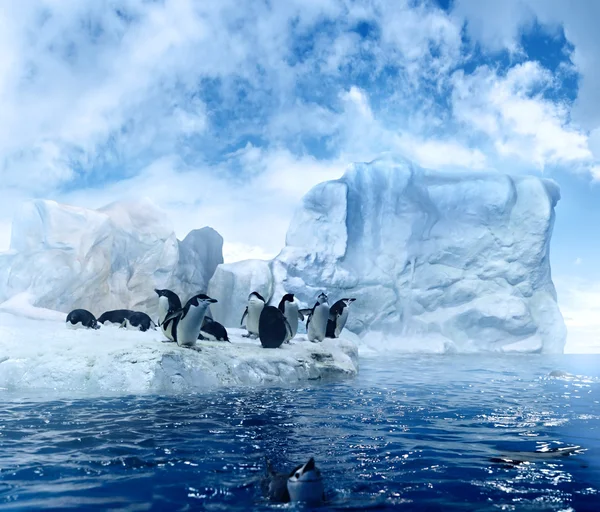
5. Ecosystem Collapse in Real Time
The melting of sea ice is already killing Antarctic animals. Four out of five emperor penguin colonies in the Bellingshausen Sea experienced complete breeding failure when sea-fast ice melted before chicks could grow waterproof feathers in 2022. British Antarctic Survey’s Dr. Peter Fretwell cautioned, “We have never seen emperor penguins not breed, on this scale, in one year.” Existing models indicate more than 90% of colonies will be nearly extinct by the end of the century.
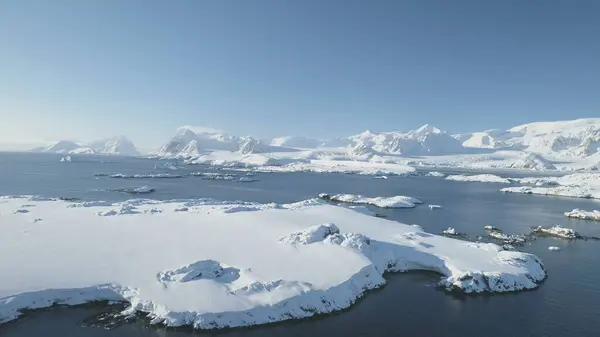
6. Engineering Against the Melt
Confronting the risk of emissions reductions alone not stopping WAIS collapse, scientists are turning to geoengineering. Suggestions involve 50-mile-long underwater curtains anchored to the ocean floor to stop warm water currents, bubble barriers to agitate and chill water below the surface, and drainage of subglacial water to reduce glacier flow. Cambridge’s Centre for Climate Repair researcher Hugh Hunt says that bubble barriers, which already exist in marine engineering, might be powered by offshore winds but are virtually untested at polar scale.
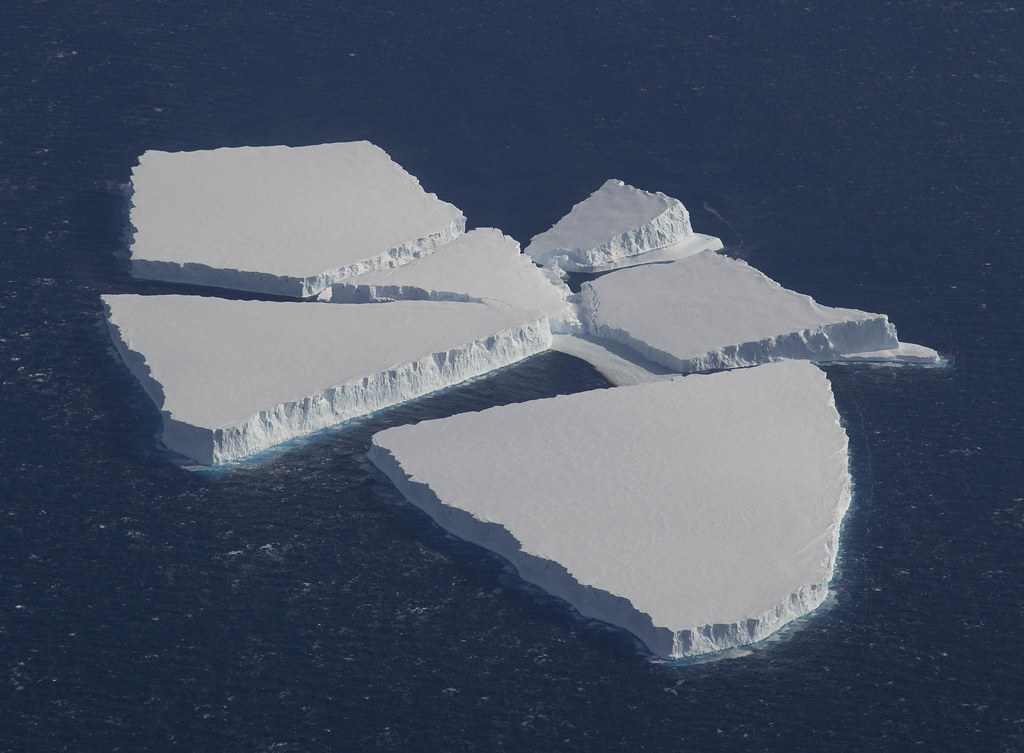
7. Feasibility, Risks, and Costs
The cost of an Amundsen Sea curtain would be $80 billion, much lower than trillions for worldwide coastal protection. However, critics such as Twila Moon warn that the measures might merely move heat to other weaker ice shelves. Others issue the “moral hazard” warning that geoengineering would potentially delay decarbonization because policymakers assume the issue is being engineered away.
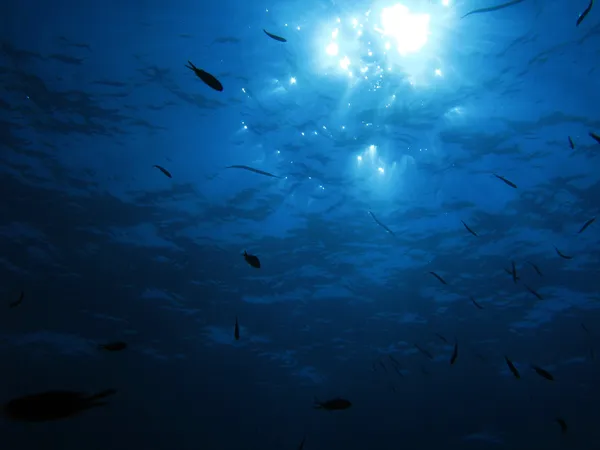
8. A Tight Window of Opportunity
Paleoclimate models indicate the WAIS has switched between stable and collapsed phases during the last 800,000 years, and deep-ocean warming of only 0.25 °C is enough to cause irretrievable loss. “It takes tens of thousands of years to build an ice sheet, but decades to destabilize it by the release of fossil fuels,” explains Julius Garbe of the Potsdam Institute. Scientists emphasize that though the long-term course might be determined in decades, strong mitigation can nevertheless decelerate the rate, providing time for adaptation or intervention.
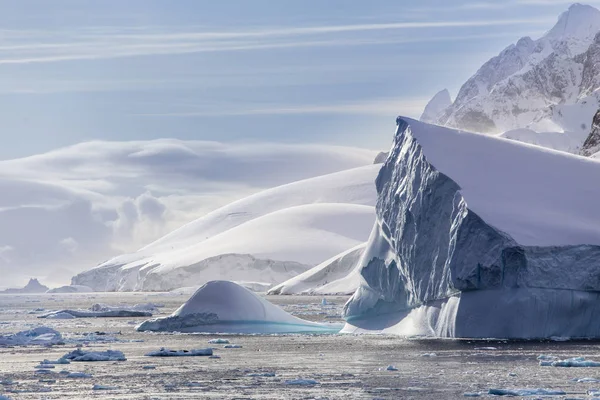
The Antarctic’s destiny now depends on a race between accelerating physical processes and humanity’s response either in the form of unprecedented emissions reductions, audacious engineering, or both.

